Jumping spiders-Magazine
Keeping jumping spiders – quickly and easily explained!
In this article we will go into detail about keeping jumping spiders. All important points are explained briefly and understandably and will support you in caring for your jumping spider.
The most widespread species of jumping spider in the terrarium hobby is called Phidippus regius. These are found in the south-east of the USA, such as Florida, but also on various Caribbean islands such as Cuba or the Bahamas. One automatically associates summer and warmth with these regions. This is exactly what you should keep in mind when it comes to the right keeping parameters for Phidippus regius. The 1.5-2 cm large Phidippus regius are convincing not only because of their cute eyes but also because of the different local forms that are represented in the hobby. By local forms we mean populations of Phidippus regius from different regions, which are often also differently coloured. Phidippus regius “Everglades”, for example, are usually bright orange, whereas Phidippus regius “Bahamas” are more grey, white or dark brown.
But now to the correct keeping:
Can I keep several jumping spiders in one terrarium?
When keeping jumping spiders, it is important to remember that Phidippus regius are not social spiders. They do not miss conspecifics, but also perceive them as food. For this reason they should be kept alone in the terrarium. So if you want to keep several jumping spiders, you need a separate container for each animal.
What does the abbreviation FH mean?
Jumping spiders go through different stages of development.
Starting with the egg, they pass through various larval stages in the cocoon. The larvae can only eat limited amounts of food, do not yet produce spider silk and they are not yet fully developed motorically. In the first phase after hatching from the egg, the small jumping spiders feed exclusively on a yolk sac located on the abdomen. The first feeding skin (FH1) is the first stage of the juvenile spiders after the larval stages, in which the jumping spiders hunt and prey on food animals independently. After each further moult, the number after the abbreviation FH increases by one.
Do I need lighting for keeping jumping spiders?
Jumping spiders are diurnal and hunt their prey by sight. For this reason, bright lighting in the terrarium is very important for keeping jumping spiders. Without sufficient light, the small spiders are more inactive or may not find their food. The lighting time should be about twelve hours per day. This can be automated using a timer. The temperature may drop to room temperature during the night. When choosing lamps, make sure that you use daylight lamps.
Average temperature in the Bahamas:

What do I have to keep in mind about the temperature?
As already mentioned, Phidippus regius come from very warm regions of the world. For this reason, the temperature in the terrarium should be at least 26°C for proper keeping of jumping spiders. 28-30°C are even better. If the temperature is too low, the jumping spiders will only reach a very small size or will stop eating. A heat lamp is a remedy to reach these temperatures. It is best to test the temperature in the terrarium with a thermometer before placing the animal inside. The upper part of the terrarium should reach a temperature of 28-30 °C. The lower part of the terrarium can be heated to a temperature of 10 °C. The lower part of the terrarium can be 1-2 °C lower. This creates different heat zones in the terrarium and the jumping spider can choose the optimal temperature itself.
Which terrarium is suitable for keeping jumping spiders?
Terrariums with a greater height than length and width are particularly suitable as accommodation. Terrariums or containers with 10 × 17 × 21 cm to 20 × 20 × 30 cm are ideal. However, you can also keep the animals in tins of similar dimensions. Make sure there is good air circulation, e.g. in the form of a terrarium with double ventilation.
Jumping spiders usually like to stay in the upper part of the terrarium and spin their web there.
FH6 and larger:
Food and water
FH3-4:
FH5-7:
ab FH7:
You can find out more about food in our article Jumping spider food – the right diet!
Keeping jumping spiders is therefore not particularly complicated and even beginners can get to grips with the subject. If you observe and implement the listed points, you will have a lot of fun with the cute little jumping spiders.
You can find our offspring for sale here:
If there are any further questions, feel free to ask them below the article in the comments.





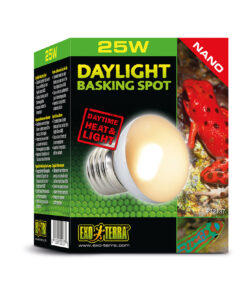
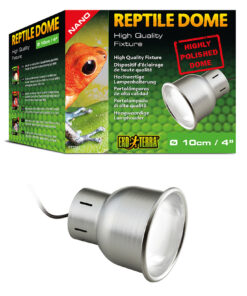
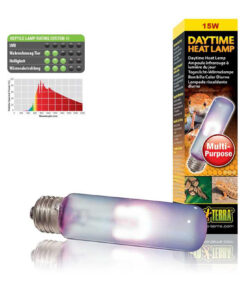
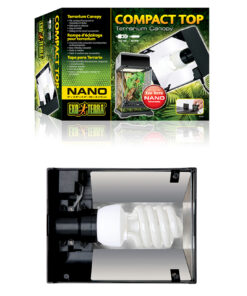
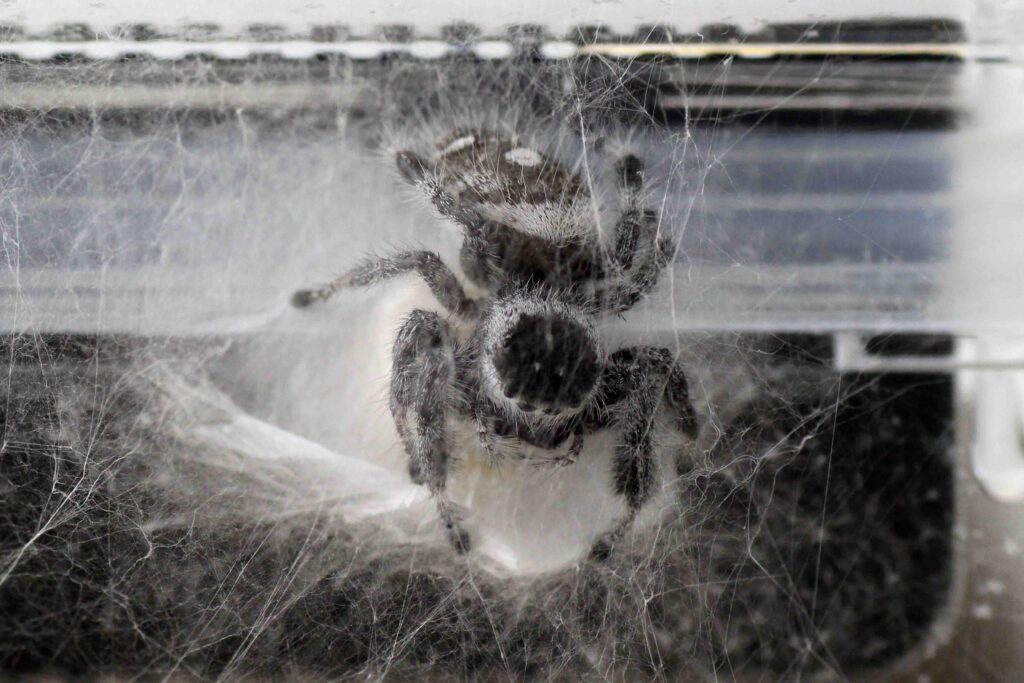
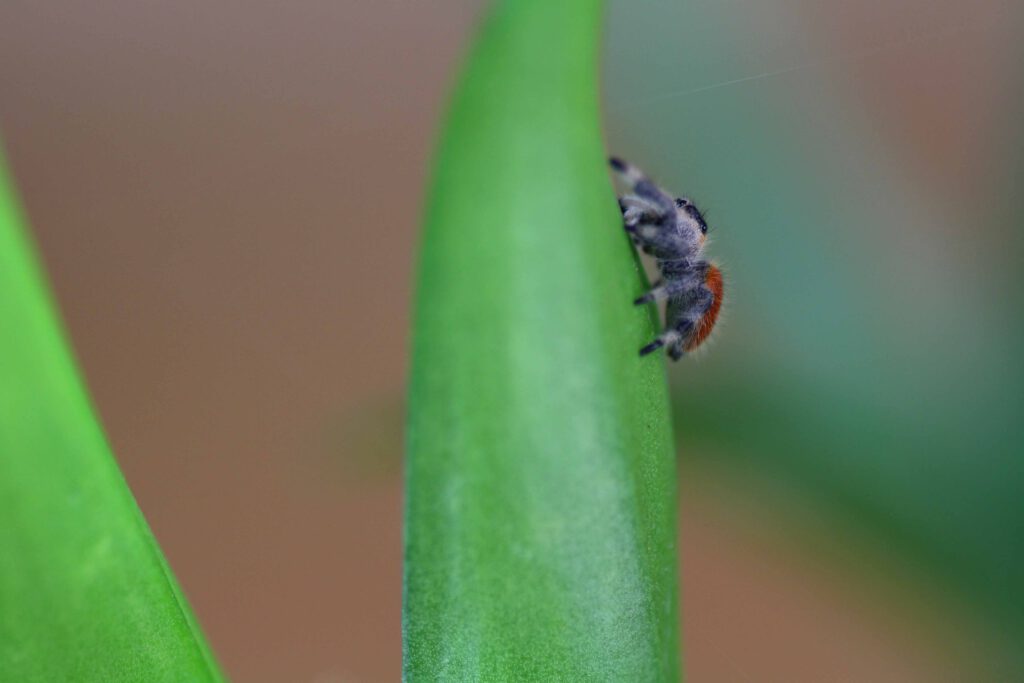
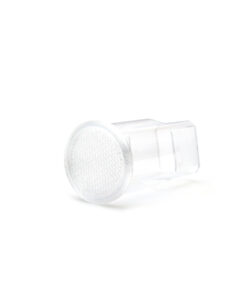

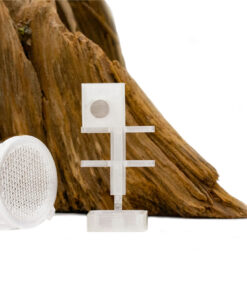
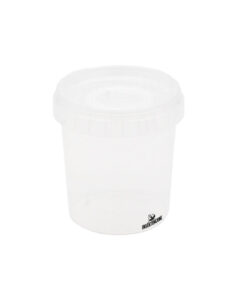

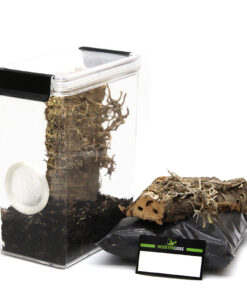
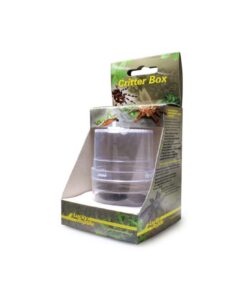
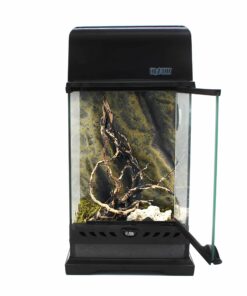
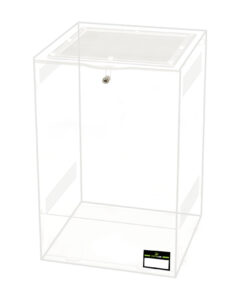
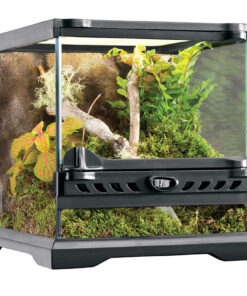
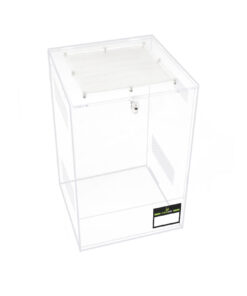
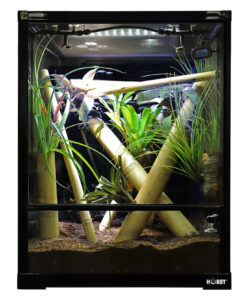

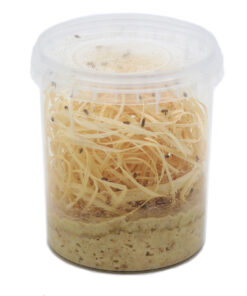


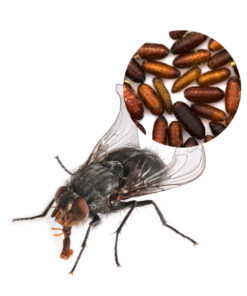
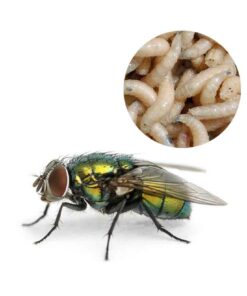

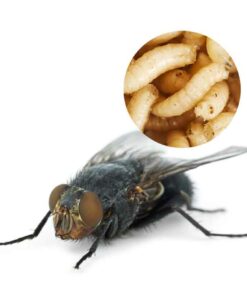
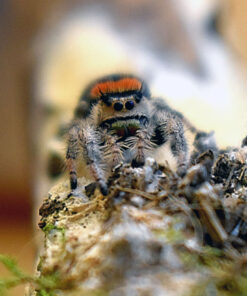
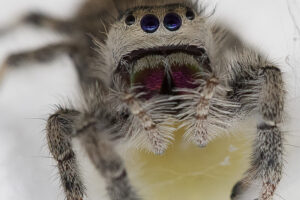
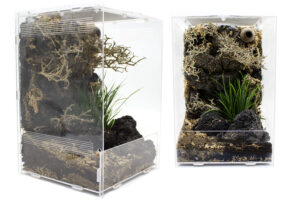



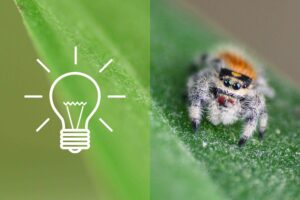
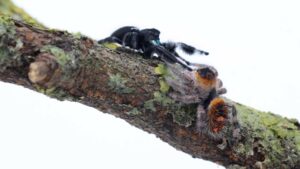
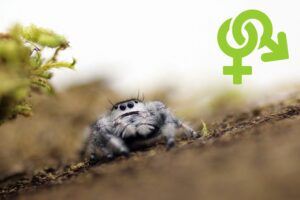

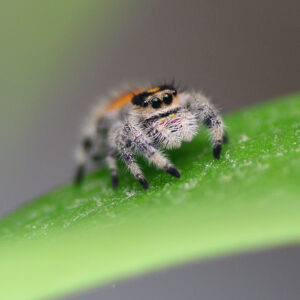
Do jumping spiders need a friend or can you keep one with no problem of being it sad.
I would like to keep one but i need to learn everything first i don’t want to give it a bad home.
Hello!
Most spiders do not differentiate whether a food animal, attacker or conspecific is sitting in front of them. They attack and eat/kill the opposite. The exception to this behaviour is mating. In this case, the male performs knocking signals or mating dances to signal to the female that he is a conspecific and wants to mate.
This is also the case with jumping spiders. Only when mating do you put a female and a male together and keep them separate again immediately after the act.
I hope this helps you.
Kind regards
Frank